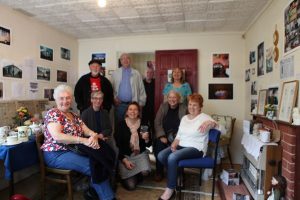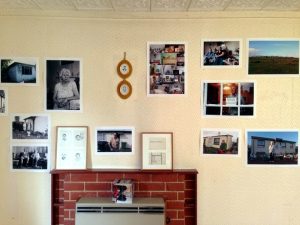About
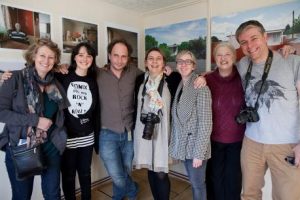
The artists exhibiting at the Prefab Museum
The Prefab Museum tells a story that resonates today, of housing shortages – and innovative solutions to them that were enthusiastically embraced by their residents. It also paints a picture of social, domestic, and working class life from 1946 to the present day. The Moving Prefab Museum and Archive project, funded by the Heritage Lottery Fund, aims to build and develop a unique national archive of post-war prefabricated homes. Time is running out for the remaining prefabs as the original occupants grow older and frail and their homes, where still lived in, are scheduled for demolition and redevelopment.
The Prefab Museum is Elisabeth Blanchet and Jane Hearn. We both love prefabs, especially the post-war ones, built to last ten to fifteen years in 1946 but still standing today!
We love them because of their clever inside and outside design, their practicality, their modernism, their not-so-little gardens around, because of the communities they contributed to create, and the lovely residents who raised their families in them. To us, and many others, prefabs are a national treasure – and probably Britain’s most successful social housing scheme – a national treasure disappearing as the last prefabs are being demolished and the oldest residents passing away, a national treasure we are determined to cherish, celebrate and remember.
To achieve its goal, The Prefab Museum is:
- developing a national living archive dedicated to prefabs;
- mapping, discovering and documenting prefabs still standing or not all over the UK;
- creating and organising events celebrating prefabs all over the UK
We would like to thank all the volunteers who continue to support and encourage us and make special mention of Keara Stewart who designed our logo while volunteering and exhibiting at the physical museum.
Meet the prefabs team!
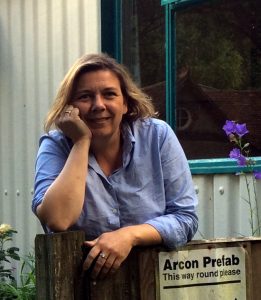
Elisabeth Blanchet
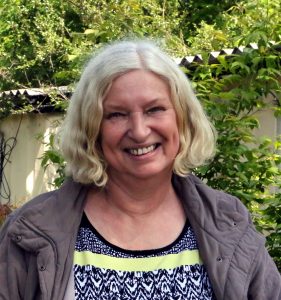
Jane Hearn
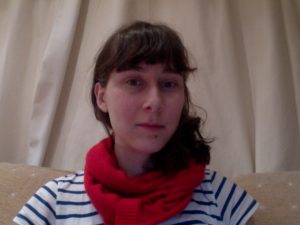
Sonia Zhuravlyova
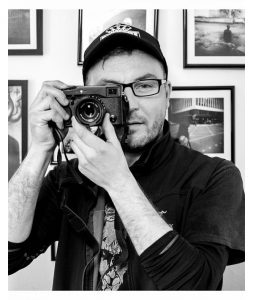
Selim Korycki
Elisabeth Blanchet is a photo-journalist and has written two books on prefabs and is currently writing a third book commissioned by English Heritage, and is the leading authority on post-war prefabs. Elisabeth has recently successfully managed two projects funded by the Arts Council England including The Prefab Museum. In addition she organises events, exhibitions, workshops, talks, and training sessions and manages arts projects with people with disabilities.
Jane Hearn‘s work is in community and project development. As well as her passion for prefabs, her interests are in legacy, ‘the ground beneath our feet’ and collaboration, and how we maintain these through changing patterns of technology. Over a period of more than 25 years, Jane has managed projects from a transnational employment initiative to research, history and heritage, architecture, art and community. Her recent projects involved local residents of the Excalibur and Downham estates exploring reminiscence and the concepts of place, home and identity.
Sonia Zhuravlyova is a journalist with a passion for architecture and history. She assists with collecting oral histories, is the editor of The Prefab Post, co-manages the Prefab Museum’s social networks and works to promote the museum’s projects. Sonia has co-written a book on the history of prefabricated architecture, which will be published by English Heritage in 2017.
Selim Korycki is a London based portrait and documentary photographer; working with stills and moving images. He focuses on communities, identity, environmental issues and sustainability. Selim’s previous long term work included portraits of London cycle couriers, short film comparing national identity of a refugee with the fate of West Midlands city facing post industrial decline, and an exploration of forgotten river flowing from Kent to River Thames. Selim will be documenting the project for us, in film and photography.

This work is licensed under a Creative Commons Attribution-NonCommercial-ShareAlike 4.0 International License.
